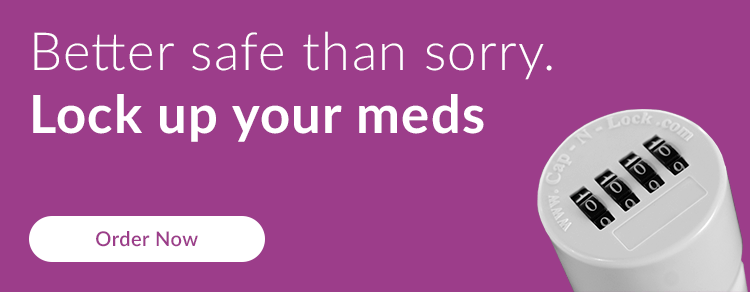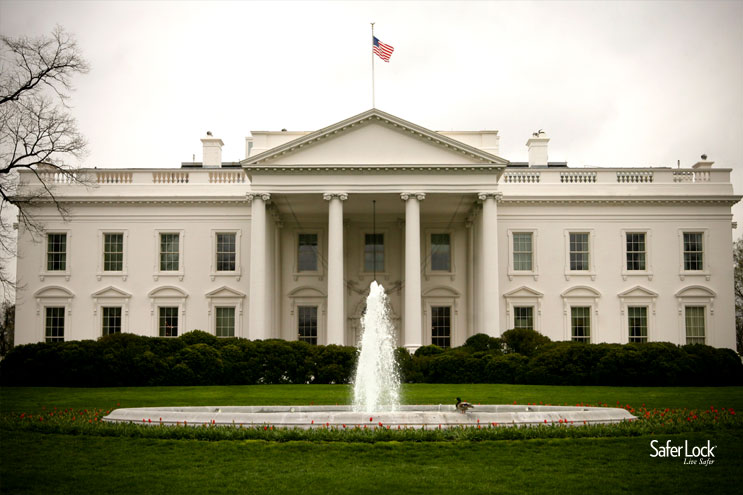A nationwide effort is being made to tackle the crisis and end the opioid epidemic in America. The opioid epidemic, which has been declared a public health crisis, is taking the lives of over 130 people every day.
From statewide initiatives to national legislation, here’s a year-end review of the U.S. opioid crisis: what’s new, what’s working, and what challenges we face now that 2018 is coming to a close.
Politicians Cross Party Lines to Pass Bipartisan Opioid Legislations
In 2018, a year of a seemingly unprecedented political divide, both parties came together to pass a bipartisan opioid bill.
According to lead sponsor Sen. Lamar Alexander (R-TN), the bill represents the work of over 70 senators, eight committees in the house and five committees, and countless staff who have worked together to help put an end to the opioid epidemic ravaging virtually every American community.
The Opioid Crisis Response Act of 2018 makes many legal and regulatory adjustments that will make addiction treatment more accessible, boost research on non-opioid pain treatments, and make it more difficult for illicit synthetic opioids - like fentanyl and carfentanil - to get through the border.
President Trump signed the sweeping opioid legislation into law on Wednesday, October 24, 2018.
State Lawmakers Tackle Opioid Epidemic
By April of 2018, at least 28 states enacted legislation that limited, set guidance, or set requirements related to opioid prescribing.
Most of this legislation limits first-time opioid prescriptions to a certain number of days’ supply. In a few cases, states set dosage limits, as well.
Alaska, Connecticut, Indiana, Louisiana, Massachusetts, Nebraska, Pennsylvania, and West Virginia set limits for prescribing to minors.
Other bills are focused on safe storage of opioids, such as California Bill AB 2859 and Ohio Bill 231.
California Bill AB 2859 requires pharmacies that dispense Schedule II, III, and IV to carry and display safe storage products near the pharmacy. The bill passed and was signed into law by Governor Brown.
Ohio Bill 231 requires pharmacies to lock opioids with a locking container, such as a 4-digit combination lock. As of November 2018, this bill has passed the House and has been introduced to the Senate.
In addition to prescribing policies, some state lawmakers are attempting to prevent or intervene early in misuse, addiction, and overdose with laws related to prescription drug monitoring programs, access to Naxalone, pain clinic regulation, provider education, and other topics.
Overdose Rates Are Up
Drug overdoses increased 10% in 2017, killing about 72,000 Americans, according to preliminary estimates from the Centers of Disease Control. The death toll is higher than deaths from car crashes, gun deaths, or the peak yearly death totals from H.I.V.
Overdose deaths are being fueled by synthetic opioids.
According to the CDC, overdose deaths from synthetic opioids rose sharply even while deaths from prescription opioids, heroin, and methadone fell.
Synthetic opioids like fentanyl have flooded the market, being mixed-in with illicit supplies of heroin, cocaine, methamphetamines, and even anti-anxiety benzodiazepines. These synthetic opioids can be cheaply manufactured and are much stronger. A single dose could be lethal, especially when combined with other drugs.
Some States See Progress
In parts of New England, the picture is not so bleak. In Massachusetts, Vermont, and Rhode Island, the number of overdose deaths has begun to fall. This could be a direct result of major public health campaigns and increased addiction treatment.
In Dayton, Ohio, where the opioid epidemic raged, signs of progress are also being seen. Montgomery County had the highest unintentional drug overdose death rate in the state from 2011 to 2016 and instituted an emergency response strategy in order to reduce the number of fatal overdoses in the county.
The Montgomery County health department is reporting an estimated 60% decrease in overdose deaths, emergency room visits, and ambulance calls between January 2017 and June 2018.
Doctors Prescribing Fewer Opioids
Opioid prescriptions dropped 22% over the last 5 years, according to a 2018 report from the American Medical Association’s opioid task force. Decreases in prescriptions were seen in all 50 states.
In addition to writing fewer prescriptions, patients are receiving fewer days’ worth, as well.
The days’ worth of prescription opioids dispensed per person decreased 16.6% from 2016 to 2017.
“The largest decrease in opioid prescriptions in 25 years reflects the fact that physicians and other health care professionals are increasingly judicious when prescribing opioids,” said Patrice A. Harris, MD, chair of the AMA’s opioid task force.
Pharmaceutical Companies Come Under Fire
In 2018, New Jersey’s attorney general filed a lawsuit against a pharmaceutical company, alleging that it intentionally mislead patients about the addictive dangers posed by its drugs.
New Jersey attorney general Gurbir Grewal said the opioid manufacturer – who is one of his state’s largest employers – minimized the risk of opioid addiction in its marketing messages and targeted older adults.
Despite the company playing a key role in the state’ economy, Grewal didn’t back down from his decision.
In 2018, state attorneys general intensified their efforts to hold pharmaceutical companies liable for abuse epidemics. More than 40 state attorneys general have joined together in a multiyear, wide-ranging investigation of opioid manufacturers and distributors. Eleven states, including New Jersey, have filed separate lawsuits against one single manufacturer.
2019: Hope… and More Hard Work to Come
2018 has provided reason to be hopeful about the opioid crisis as we look forward to a new year and a continued fight.
- Politicians are working together across the political divide.
- States are taking on manufacturers - even if it means butting heads with some of their biggest employers and financial backers.
- Doctors and medical professionals are prescribing fewer opioids for shorter periods of time to reduce dependency and addiction.
- Overdose deaths are decreasing in some states.
There is a lot more work to be done next year, but America is showing up for the job.





